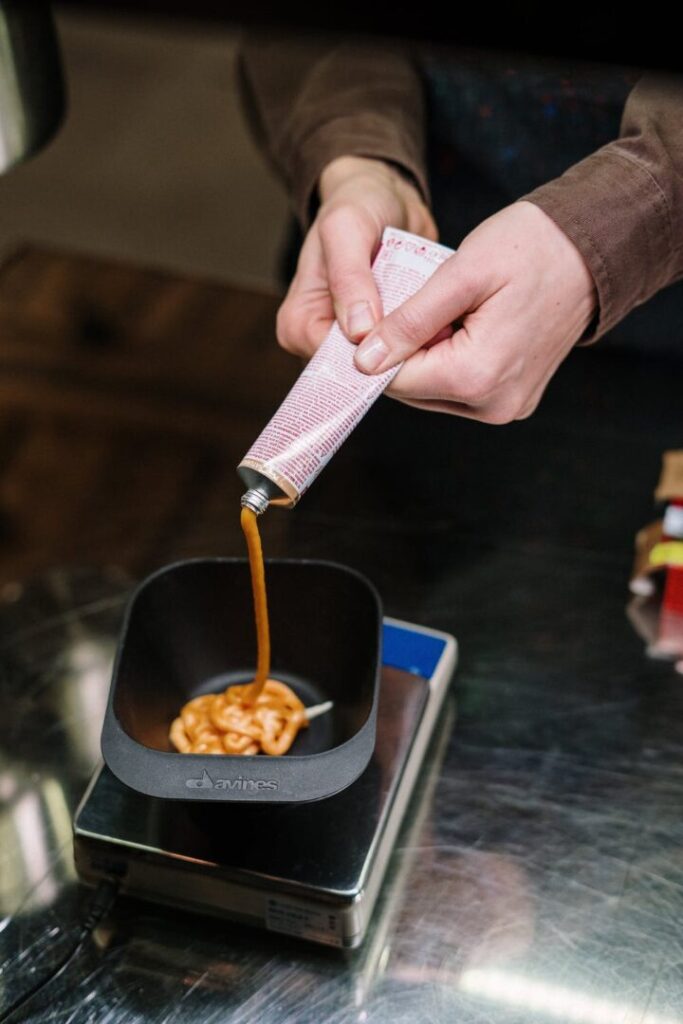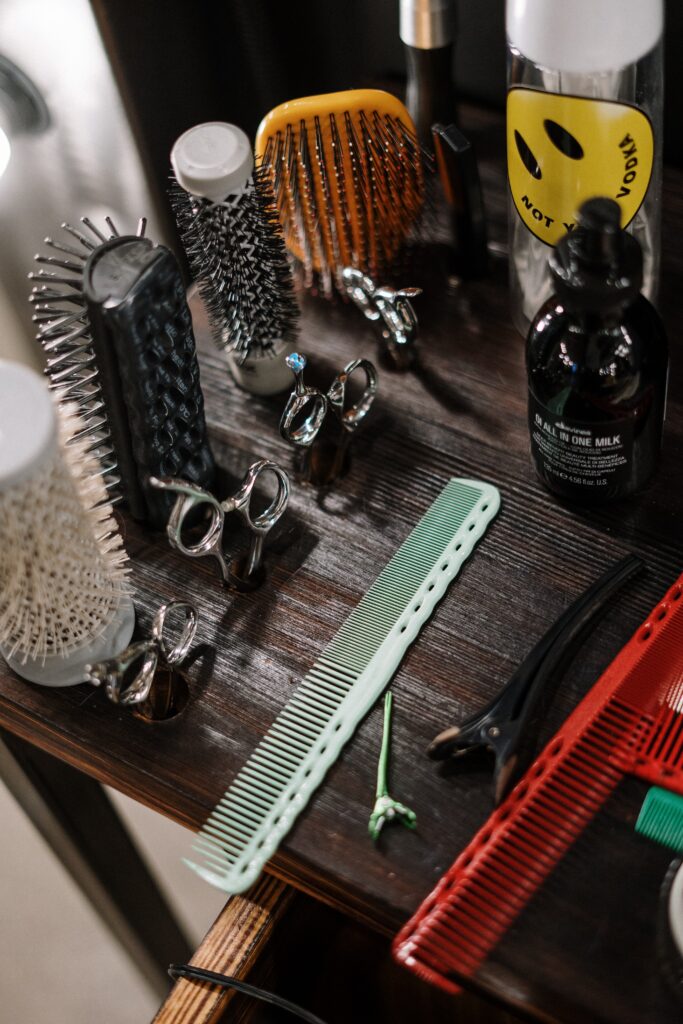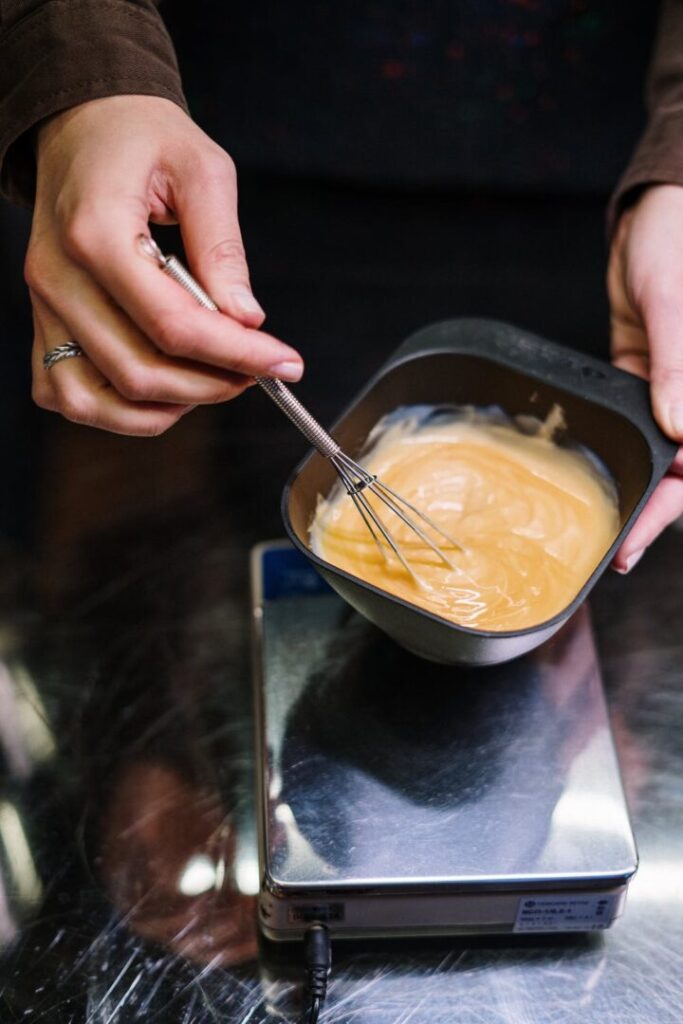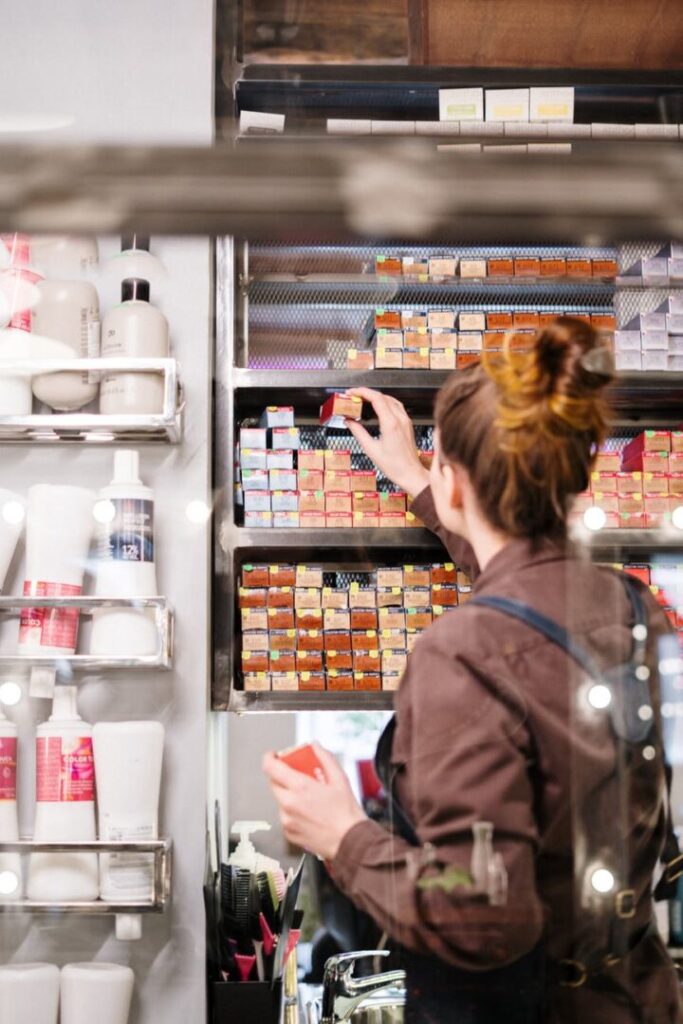1500+ ★★★★★ REVIEWS
How to Dye Hair Extensions
Table Of Contents
- Can you dye hair extensions with box dye?
- Find a human hair extensions color that will work for the color your trying to achieve to match your natural hair
- Get your supplies
- Dyeing Methods
- Wash and condition the extensions
- Organize your work space and mix colors
- The science of using semi-permanent vs. permanent hair dye
- Toning Hair Extensions
- Going Bold and Bright
- Summary

Do you want to dye your hair extensions? Coloring hair extensions can be a tricky process and it is important that you do it right. The first step in the process is to make sure that the extensions are detangled. Once they are, we recommend washing them with shampoo and then conditioning them before moving on. If you have virgin remy hair extensions, this will help remove any residue from the production process so that when you dye your extensions they will take color more easily. You should also wait until after your next wash cycle to dye them again because dying them too often can lead to tangling or matting of the strands.
Can you dye hair extensions with box dye?
Yes. However, there are some tips and tricks you need to know. Coloring hair extensions can be a tricky process and it is important that you do it right.
Find a human hair extensions color that will work for the color your trying to achieve to match your natural hair
How can you dye hair extensions a light color?
Always select a color of human hair extensions lighter than your own natural hair color you’re trying to achieve because it is always easier to go darker than lighter. Never use bleach or any other harsh chemicals to lighten the extensions because they can damage the texture and lead them to tangle or mat together. We highly recommend you consult with a hair extensions specialist to ensure the dye process is done correctly. If the extensions have highlights or lowlights you will want to dye them before adding any additional colors. Coloring remy hair extensions that have already been highlighted or dyed can be a very difficult process and it is not recommended unless you really know what you’re doing.

How can you dye hair extensions a dark color?
Once again always start with a lighter shade and work your way darker. Most human hair extensions have been chemically treated and will not take to color as well as virgin hair. Never use any harsh chemicals to dye your extensions and be sure you have conditioned them thoroughly before adding the color. Coloring of already highlighted or dyed hair is not recommended unless it’s done by a professional with years of experience doing it.
Top Tips For Dyeing
Always do a strand test first so you know how the hair will take to the color. Extension hair tends to be more porous since they have been chemically treated. Coloring remy hair extensions is not a process to be taken lightly because it can damage the hair and leave you with poor results. We recommend consulting with a professional before attempting to dye your own extensions so that they will look natural, healthy, and shiny once complete. If you have any doubts at all about coloring them yourself we highly recommend finding an extension specialist to do it for you.
Do not dye your human hair extensions if they have been dyed previously unless you know what you’re doing or consult a professional first. Coloring virgin remy hair extensions can be done but takes time and patience so it is recommended that you leave this process up to a professional who has years of experience doing it. Coloring remy hair extensions can be a tricky process but with these tips and proper consultation you should have no problem dyeing your hair extensions the color you want them to be!

Get your supplies
Get everything you need before you start the dyeing process. Coloring hair extensions requires a few things that will make it easier to complete your project in a timely manner with good results.
– Professional hair color of choice
– Gloves for protecting hands from color stains
– Mixing bowl and color brush, preferably plastic since metal can corrode if left wet too long or exposed to color
– Wide toothed comb or pick for detangling. Coloring hair extensions can lead to tangling and matting if you are not careful!
– Shampoo, conditioner, petroleum jelly (optional) depending on your dyeing method
Follow the instructions given by your chosen hair dye manufacturer when it comes to working with human hair products. Coloring hair extensions can be dangerous if you don’t know what you’re doing so always follow the instructions closely for best results.

Dyeing Methods
There are a few different ways to dye human hair including: kettle dying, cold water immersion dyeing, and spray application of color. You’re going to want to make sure that all supplies needed have been gathered before you start the dyeing process. Coloring hair extensions can be a tricky process so make sure to gather everything needed ahead of time for best results!
Kettle Dying Coloring Hair Extensions
This is probably the easiest method and if done correctly will give your extension great color vibrancy with minimal damage to them. The heat that is created when kettle dying will help open up the hair cuticle of your extensions and allow them to take in more dye. Coloring hair extensions is a tricky process so always start with lighter shades first, then move darker if needed for desired color results!
Cold Water Coloring Hair Extensions
This method of coloring hair extensions can be messier than others as you will be working with dye in a bathroom or kitchen sink. Coloring hair extensions can lead to staining of countertops, sinks and clothing if not done properly so prepare for that ahead of time by covering any areas where it could happen!
Spray Coloring Hair Extensions
This is the most common method used when coloring human hair because it can be applied evenly and quickly. Coloring hair extensions is not something to take lightly because it can damage the quality of your extensions if done incorrectly so always consult with a professional first!
Wash and condition the extensions
This will remove any product from factory processing. Ensure that the hair is completely dry before dyeing it to prevent color from running or bleeding onto clothing, linens or surfaces.
Organize your work space and mix colors
Put your supplies within easy reach on a large table or counter top. Spread out tin foil, old towels and plastic wrap to protect surfaces from dye.

Mixing the color
Mix the color in a well-ventilated area, away from pets or children who may be curious about what you are doing. Using disposable gloves, mix one part hair dye with two parts developer according to package directions.
Saturate well
Make sure that your dye is mixed thoroughly and applied evenly throughout every strand of hair before applying another coat, otherwise you risk getting streaks in the final product.
Applying the color
Apply the mixture directly onto your work surface using a paintbrush for large sections and a small paintbrush for smaller areas. Dab the dye onto your hair using an old brush or toothbrush to ensure that you cover every strand of hair evenly with color mixture, keeping it away from scalp and ears.
You can also wrap the hair around a foam or cardboard tube to keep it from tangling while you color each section.
Processing the color
Leave the hair color in your extensions until they achieve the desired shade according to package directions, usually between 20 minutes (light color) and 40 minutes (dark color) of the coloring process.
Rinsing the color
Rinse the dye from your hair extensions with cold water until it runs clear. Ensure all of the mixture is removed to avoid staining or discoloration, which may occur if dye seeps onto surfaces as you rinse. Shampoo and condition hair regularly for optimal results.
Drying the extensions
Towel dry newly colored hair extensions and allow it to air dry for at least two hours before styling or using hair extensions.
Comb the hair extensions
Remove any tangles and dry shampoo from the color treated hair before styling.
Styling Colored Extensions
Take a small section of your hair in between the plates of a flat iron, curling or waving them as desired. Be careful not to touch dyed areas with heat tools because it can cause discoloration over time! If you do use a heat protection spray or cream before styling.

The science of using semi-permanent vs. permanent hair dye
When coloring hair extensions, it is important to know which type of color you are using so that you can dye your hair extensions accordingly. Coloring human hair with demi-permanent dyes helps preserve the integrity and structure of bonds and cuticles while offering long lasting results.
Permanent colors may contain more ammonia than other types but they provide the longest lasting results. Coloring human hair with permanent color is a more vibrant process and offers unlimited color options so you can experiment as much as you want!
Toning Hair Extensions
Toning hair extensions is a great way to achieve the perfect shade of blonde or brunette. Coloring human hair with toner helps remove brassy undertones and enhances natural color for a more unified look between your new dye job and your own natural locks! Purple shampoo and conditioner are the perfect way to achieve blonde locks while brown shampoo and conditioner can help you achieve a rich, darker color.

Going Bold and Bright
If you are looking to dye hair extensions with a bold, bright color like red or pink then it is best to use semi-permanent dyes because they wash out over time. Coloring your extensions will give them an all over pop of color but if you are not ready for the commitment then demi-permanents may be right for you! Coloring hair extensions with a demi-permanent color is a great way to add some fun and flair without making your look permanent.
Summary
It is important to know how to dye hair extensions because of the different types of dyes that are available. Coloring hair extensions with demi-permanent dyes helps preserve their integrity and structure while offering long lasting results. Coloring hair extensions with permanent color is also an option if you are looking for a more vibrant process. Coloring your extensions will give them an all over pop of color but it may not be right for some people if they are not ready to commit to it. Coloring hair extensions with demi-permanent color is more gentle on the hair and gives them some bright colors without being permanent. Coloring hair extensions with semi-permanent color is a good way to add some fun and flair without making the look permanent. Coloring your own hair can be intimidating but it will always save you money in the long run!
If you have any questions about how to dye hair extensions then please feel free to contact us at Hottie Hair Extensions and we would be more than happy to help!